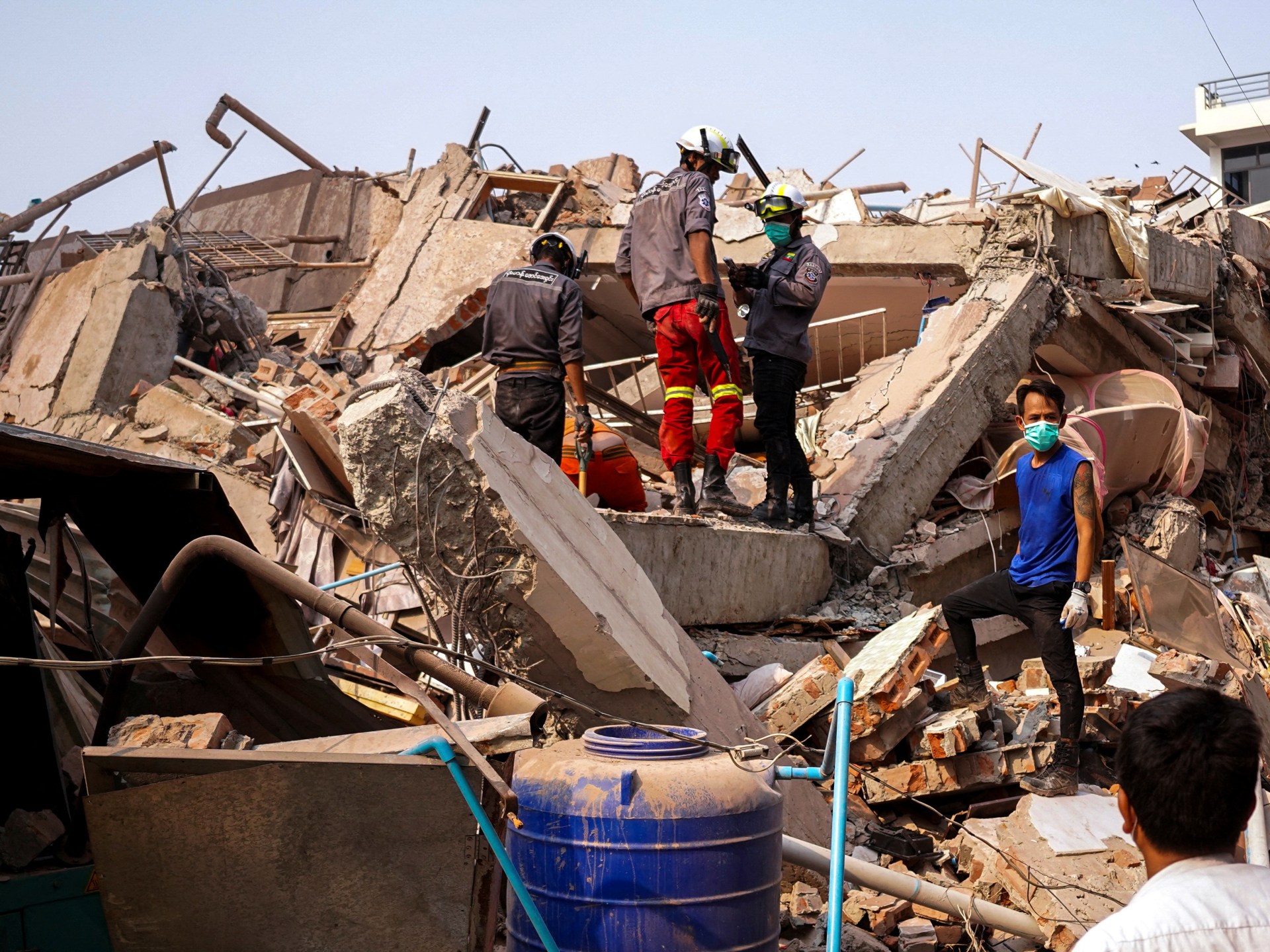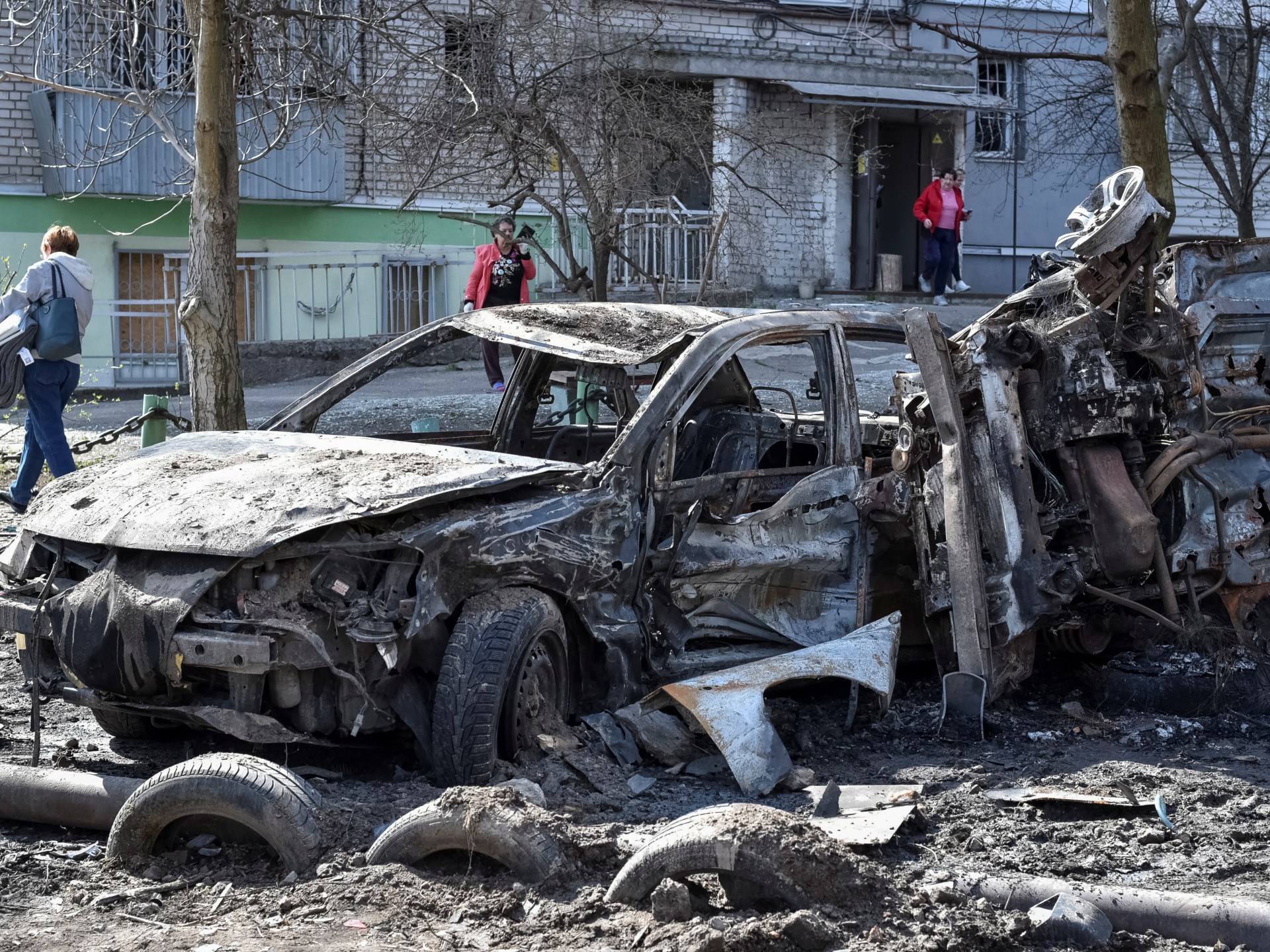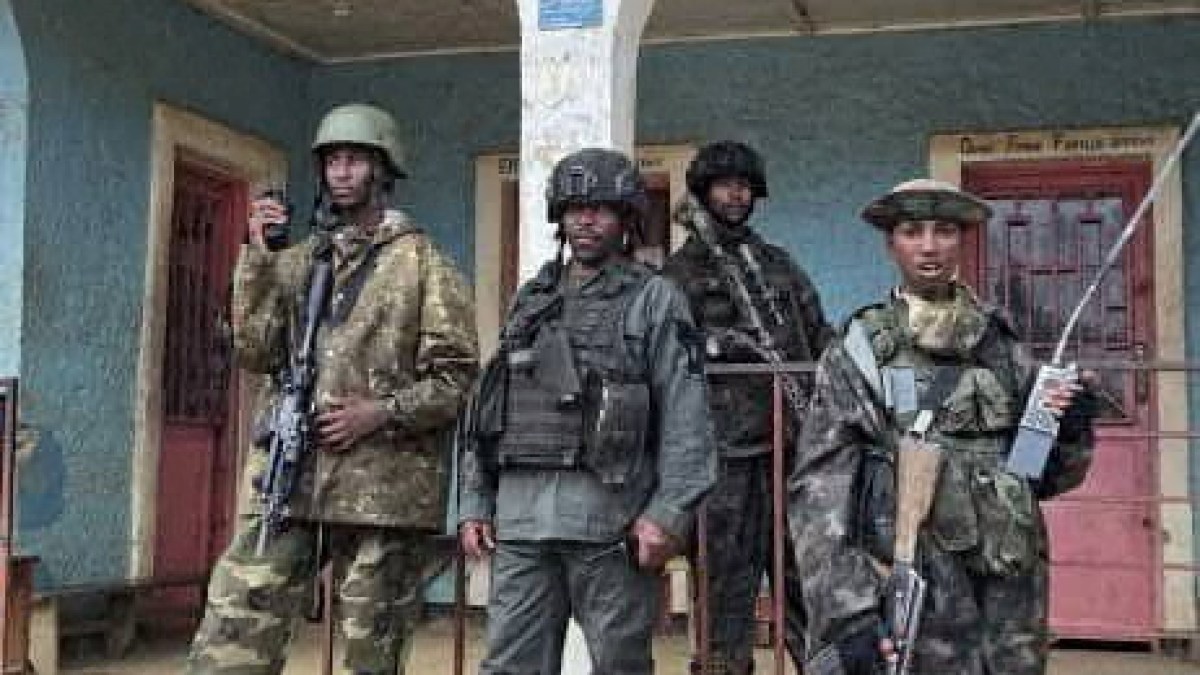

Myanmar has raised the death toll from last week’s devastating earthquake to more than 2,000.
The country’s military-led government announced on Monday that the casualty count had grown to 2,056 people, with a further 3,900 injured, and declared a weeklong mourning period.
list 1 of 4
Lack of equipment stalls race to save earthquake survivors in Myanmar
list 2 of 4
Foreign aid rushed to earthquake-hit Myanmar as about 1,700 killed
list 3 of 4
Smell of death ‘fills the air’ near epicentre of Myanmar earthquake
list 4 of 4
What caused the powerful Myanmar earthquake?
end of list
Meanwhile, the search and rescue effort was reportedly being slowed by a lack of resources and equipment and damaged infrastructure.
The magnitude 7.7 earthquake hit Myanmar at midday on Friday, causing widespread damage, including in the capital Naypitaw. A second, magnitude 6.4 tremor followed shortly afterwards.
The earthquake’s epicentre was about 17km (11 miles) west of the country’s second-largest city, Mandalay, which has a population of nearly 1.5 million.
Government spokesman Major-General Zaw Min Tun told state-run MRTV on Monday that 270 people are missing in the Mandalay region, where tremors damaged infrastructure like mosques, bridges and the city’s airport.
The earthquake also shook neighbouring Thailand and killed at least 18 people, many at a construction site in Bangkok where a partially built high-rise collapsed.
Advertisement
Rescuers have expressed concern that the effort to find survivors is facing problems and noted that most survivors need to be rescued within three days of such a disaster if they are to live.
Myanmar’s neighbours – including India, China, Malaysia, and Singapore – have dispatched aircraft and warships carrying relief supplies.
Wai Phyo, a rescue worker in Myanmar, told Al Jazeera that recovery teams in Mandalay were doing their best but were overwhelmed by the scale of destruction and the lack of “proper equipment”.
The true number of people killed and injured across the region is probably many times the official figure but with telecommunication outages, little is known about the damage in many areas.
“We’re really not clear on the scale of the destruction at this stage,” Lauren Ellery, deputy director of programs in Myanmar for the International Rescue Committee, told the AP news agency.
There is a state of emergency in six regions, and Ellery said damaged infrastructure and ongoing landslides caused by the quake were complicating operations.
“They were talking about a town near Mandalay where 80% of the buildings were reportedly collapsed, but it wasn’t in the news because telecommunications have been slow,” she said.
A lack of heavy machinery has also slowed search and rescue operations, forcing many to slowly search for survivors by hand in the relentless heat, with daily temperatures above 40 degrees Celsius (104 degrees Fahrenheit).
Related News

‘Virtually’ all Voice of America staff put on leave after Trump order

Russia suffers ‘heavy losses’ in east Ukraine amid shaky limited ceasefire

DRC M23 rebels to withdraw from Walikale in peace gesture


